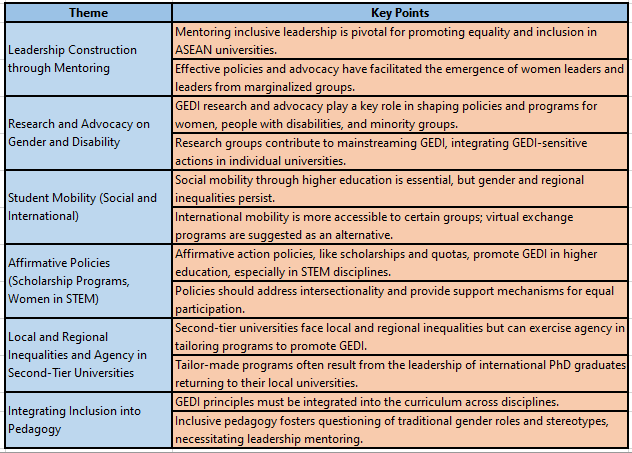How Academia Is Reshaping Policies for Gender Inclusivity

Masked under the glossy walls of academia a rather stark reality persists—gender disparity pervading this intellectual landscape.
According to American Association of University Professors (AAUP) Annual Report on the Economic Status of the Profession, 2022-23, the academic year 2021-22 witnessed a nominal increase in full-time faculty salaries, yet their real income, adjusted for inflation, declined by 2.4%, resulting in a cumulative loss of 7.5% since fall 2019. The persistent gender pay gap is a significant concern, with women professors earning $20,700 less on average than their male counterparts, maintaining a ratio of 82.3%. The prevalence of part-time and contingent contracts for 68% of faculty members raises issues of precarity, diluting academic freedom and creating uncertainty.
While various theories attempting to explain the gender pay gap are challenged, and the impact of precarity on faculty, state funding for higher education, and resistance to examining pay differentials are highlighted, the disparity is not limited to only finances.
With this article we will delve into fostering gender inequality within academia with policies designed to reshape academic landscapes for true gender inclusivity.
The Perpetuation of Gender Inequality
Gender inequality within academia is not a mere happenstance but a result of deep-rooted structural issues. These include implicit biases, the underrepresentation of women in leadership positions, and the prevalence of gender stereotypes. The academic pipeline, traditionally leaky for women, sees a decreasing number of female scholars as they ascend the hierarchical ladder. This structural flaw contributes to the scarcity of role models for aspiring female academics and perpetuates the cycle of gender inequality.
Global Initiative to Make a Change
The Gender Equality, Diversity, and Inclusion (GEDI) initiatives in Higher Education (HE) in ASEAN emphasize both institutionally driven and actor-led efforts.

The Rise of Gender-Neutral Initiatives
A promising shift towards gender neutrality is evident in academia, with the adoption of gender-neutral language, facilities, and programs.
1- Inclusive Language Policies
Academic institutions, such as Oregon Health & Science University, University College London, and many more have been revising their language policies to adopt gender-neutral language in official communications, course materials, and publications. This includes using gender-neutral pronouns, avoiding language that is patronising, emotive or aligns with deficit models, and so on.
2- Training for Faculty and Staff
Institutions like Illinois Institute of Technology are providing training sessions for faculty and staff on creating inclusive environments. This training often includes guidance on using gender-neutral language, understanding diverse gender identities, and addressing the needs of LGBTQ+ students.
3- Support Services for LGBTQ+ Students
Several universities are enhancing support services for LGBTQ+ students, including counseling, mentorship programs, and resource centers. These initiatives help create a more supportive environment for individuals of diverse gender identities.
The evolution of academic programs to be gender-neutral not only dismantles stereotypes but also fosters an environment where diversity thrives.
As the academic landscape evolves, so must the policies aimed at promoting gender inclusivity. Flexibility is key in accommodating the diverse needs of scholars, recognizing that a one-size-fits-all approach is insufficient. Institutions must continuously reassess and adapt their policies to address emerging challenges and opportunities, ensuring that gender inclusivity remains a living, breathing goal rather than a static checkbox.
It is not only a moral imperative but an intellectual necessity to harness the full spectrum of human talent and perspectives. Only then can academia truly break the glass ceiling and foster an environment where all scholars, regardless of gender, can flourish and contribute meaningfully to the pursuit of knowledge.
Have you been a victim or witnessed anyone experience gender disparity in academia? Share such experiences (anonymously if you may) and let the world grow in the new age. Start writing now!









